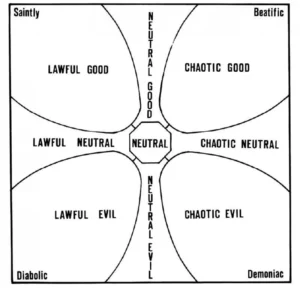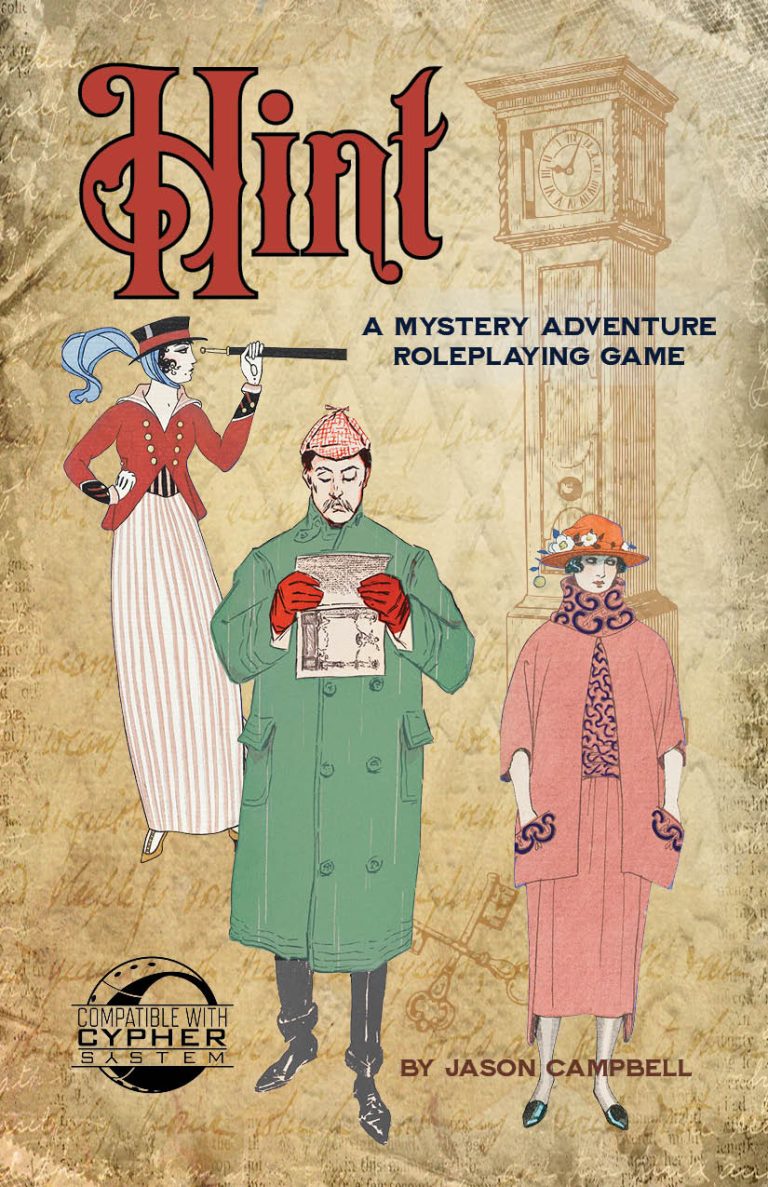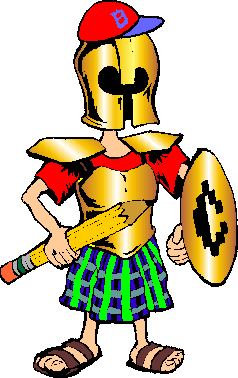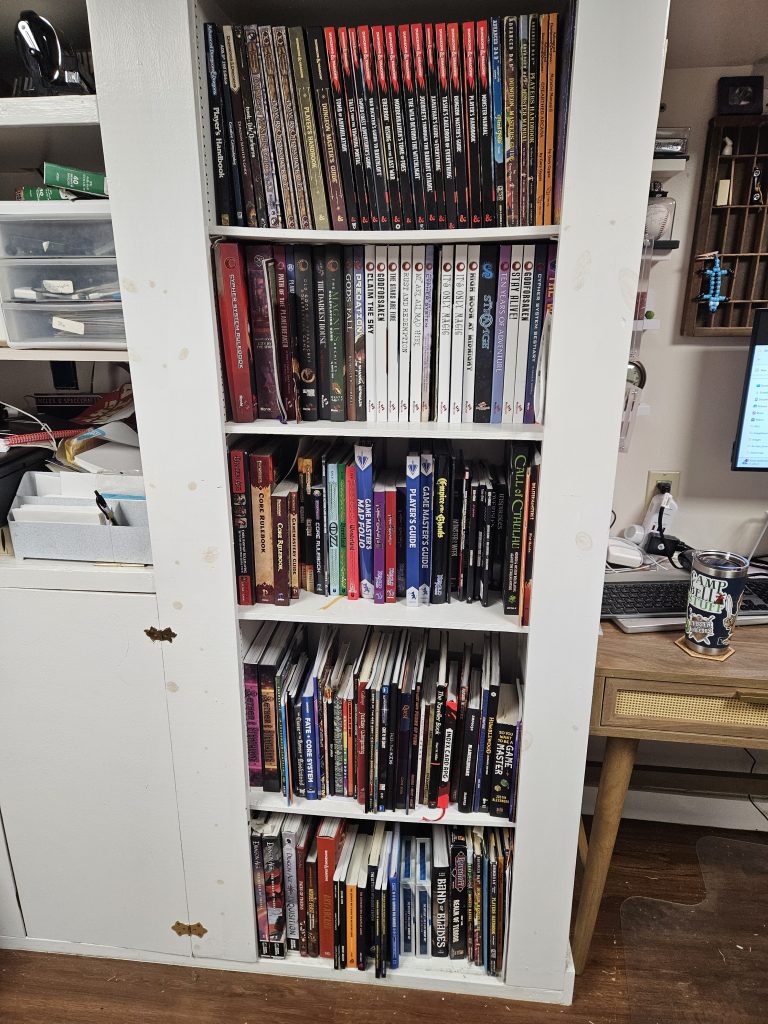By Jason Campbell
When I first started playing AD&D in the 1980s alignment was core to the game. The major restriction to the Paladin class, for example, was that they had to be Lawful Good. Detect Evil depended on every creature having an alignment. My friends and I were young and we were having fun killing monsters, we didn’t develop very deep characters, so it worked as it was.
Today I’m a forever GM and I often say, “I don’t use alignment.” What I really mean is that I don’t require players to declare one of the nine alignments for their player characters. I tell my players I expect them to play consistent characters, so that their decisions fit with the character they’ve built. This works in the more story focused games I tend to run today. But is the alignment system bad? Is it necessary? I’d say it’s a tool, and we should look at what problem(s) we’re trying to solve by using it.

- Keeping Character Behavior Consistent
I used to teach/run 5e at an online school for tweens and teens. A lot of the players loved doing cool things with their PCs but weren’t really thinking about creating a strong character. For these types of players alignment can help them build a consistent character. At times I would ask them if the action they proposed fit their alignment. In this way the tool of alignment helped the players and PCs stay on track. - Ensuring Party Cohesion
In the past some groups used alignment to make sure groups of characters would work together. You might say that “we’re a lawful party” or at least a not chaotic party. This can help, but sometimes alignment doesn’t tell the full story. Imagine that the party captures a villain, there could be a conflict about whether it’s ok to kill a captive. Each PC’s alignment might help decide how the characters would act, but it might not. There could still be disagreement between characters of the same alignments. I suggest that a brief discussion before the game about how each player views their character might be more useful than just the two words of the alignment label. - Determining NPC’s Behavior
Alignment can be a handy way to have a short description that will help the GM figure out what an NPC will do in a given situation. If an NPC is confronted by an authority figure, whether they are identified as lawful or chaotic might help. I don’t believe this is the best solution. I think the best way to know what an NPC will do is to define the NPC’s goals when creating the NPC. This is nearly as important as their name and species. It can be a few words or a single sentence, but knowing what the NPC wants will tell you how they react in many if not most situations.
So I won’t say that everyone should use alignment, or that everyone should abandon it. Think about what problem you’re trying to solve and determine if alignment helps in that situation. You might decide that PCs don’t have to declare an alignment, but as a GM you use it for NPCs.
What do you think? How do you use, or not use, alignment? Let us know in the comments.






I don’t see alignment as a useful tool for keeping player characters consistent, at least with the people I play with, which is not the same as saying I don’t see uses for it. For me Alignment is one of D&D (in a broad sense)’s fantastic elements. Moral valences as observably objective facts about the world. This is an interesting idea of you do something interesting with it. Most D&D material touching on alignment doesn’t, but it can be done.